Designed As A Helicopter Carrier
As the de-facto successor of the Imperial Japanese Navy, the Maritime Self-Defense Force (JMSDF) had long contemplated the idea of constructing an aircraft carrier. This ambition started to take shape when the “Hyuga-class” destroyer, the first full-flight deck vessel regarded as a helicopter carrier, was introduced in the late 2000s.
After testing out their first helicopter carrier, the JMSDF expanded this concept to another level, resulting in the construction of the larger, more advanced “Izumo-class” destroyer.
Being the face of the JMSDF for public relations, the Izumo-class stands as the largest vessel in the Japanese fleet, but the original design as a helicopter carrier has now been converted into postwar Japan’s first aircraft carrier.
The two ships, Izumo and Kaga has undergone modifications to enable the operation of F-35B stealth fighters, marking a significant milestone in the history of the JMSDF.
So, what are the specifics of these carriers? Well, let’s find out.
- General Overview
| Displacement | 19,950 tons (standard) |
| Length | 248m (813.6ft) |
| Beam | 38m (124.6ft) |
| Crew | 470 people |
| Speed | 30 knots (55.5km/h, 34.4mph) |
| Armament | 20mm CIWS×2 SeaRAM Missile Launcher×2 Anti-Torpedo Decoys |
| Unit Price | 1 billion USD |
Measuring approximately 250m/820ft in length, the flight deck initially had five helicopter spots and the hanger below could carry a maximum of fourteen helicopters, mostly for anti-submarine purposes.
Equipped with necessary aviation and maintenance functions, the Izumo-class was to serve as a floating airbase and greatly enhance the JMSDF’s ability in anti-submarine warfare through its squadron of SH-60 helicopters.
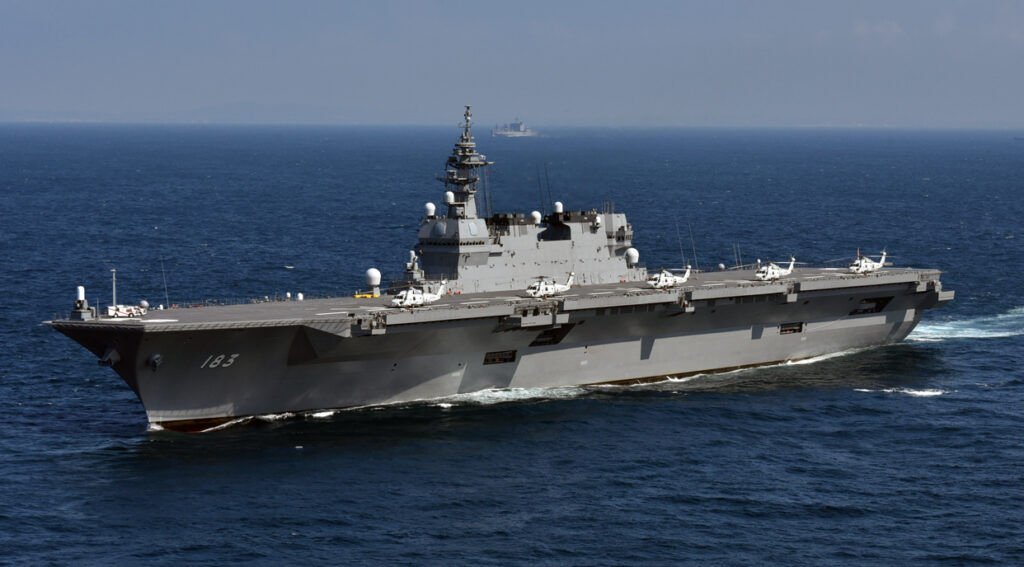 Izumo-class with five helicopter spots (photo: JMSDF)
Izumo-class with five helicopter spots (photo: JMSDF)
On the other hand, the sheer size of the vessel limited its maneuverability as a “destroyer” making the Izumo-class unfit for direct engagement. But, as the largest vessel among the fleet, it is expected to serve as the flagship, and is equipped with a combat command system and adequate communication facilities.
Interestingly, the Izumo-class also has a versatile array of other functions, such as the capacity to transport 50 large trucks and 400 personnel, three-destroyers worth of sea-replenishment capabilities, and medical facilities equivalent to that of a small hospital.
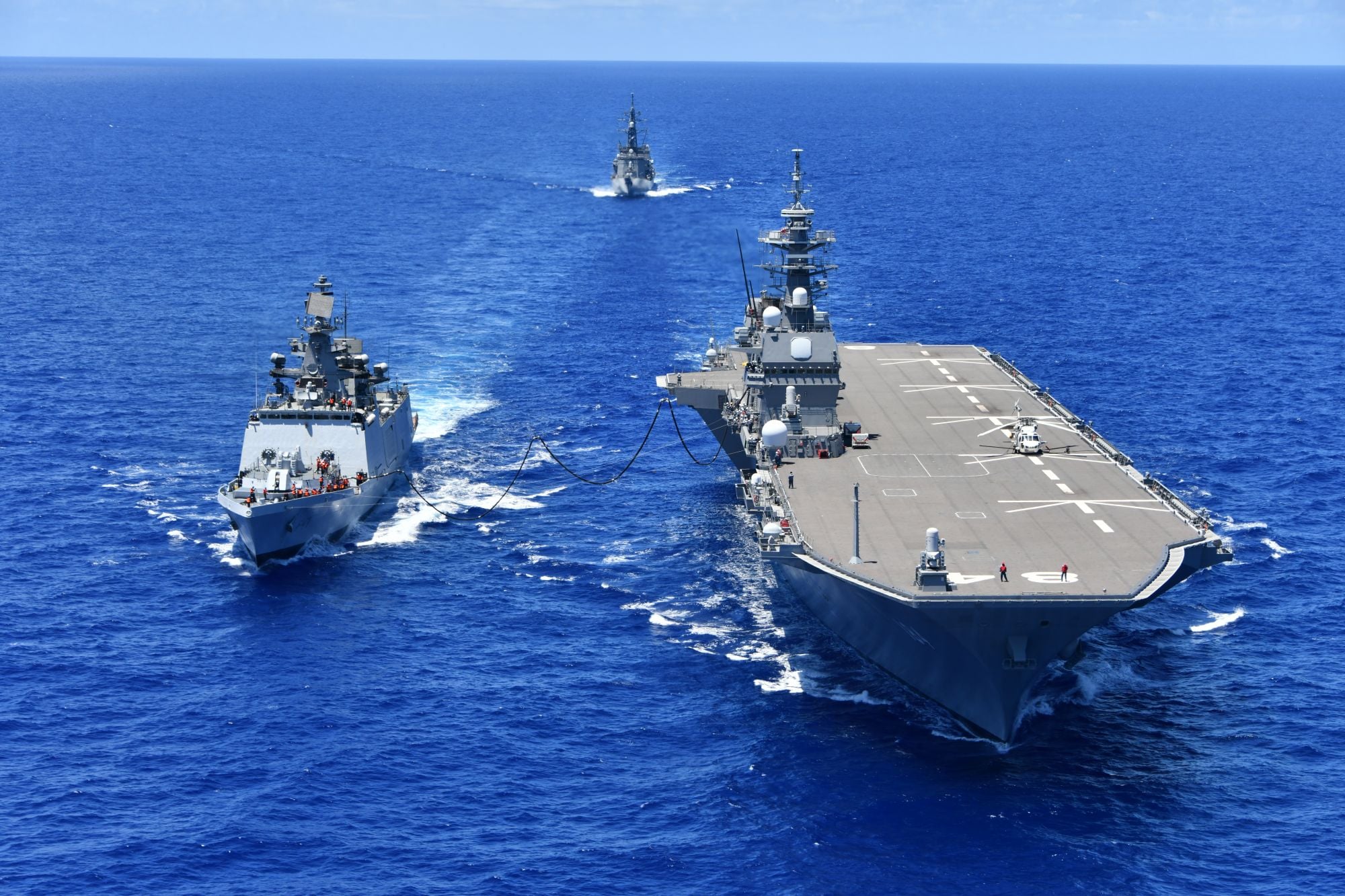 “Kaga” replenishing an allied ship at sea (photo: JMSDF)
“Kaga” replenishing an allied ship at sea (photo: JMSDF)
While the medical facilities consist of 35 beds, an intensive care unit, and an operating room, the main hanger can be converted into a field-hospital if necessary, making the ship extremely useful during disaster relief operations.
As such, the original Izumo-class was aimed to be a helicopter carrier with multi-purpose functions.
Transformed Into Light Carrier
Despite being a helicopter carrier mainly for anti-submarine warfare, the Izumo-class was viewed as a stepping stone towards acquiring future aircraft carriers.
The fact that the elevators were just big enough for F-35s only exacerbated speculations, but the JMSDF certainly had the intention of accumulating vital experience and testing public reactions towards the possibility of future carriers.
Nonetheless, the rapid growth of the Chinese Navy seems to have accelerated the timeline and altered the original plan. Now, the idea was to transform the Izumo-class into a light carrier capable of carrying around ten to fifteen F-35B fighters and the decision was made just three years after the ship’s commission.
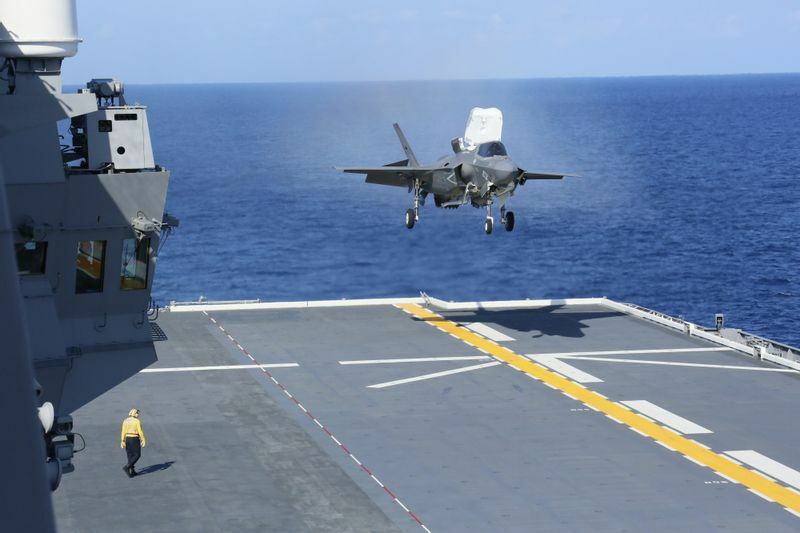 US Marine F-35B landing on Izumo (photo: JMSDF)
US Marine F-35B landing on Izumo (photo: JMSDF)
To achieve this task, three major modifications were made on the ship.
- Making the flight deck heat-resistant
- Installing aviation guidance lights
- Changing the bow to a square shape
Unlike Britain’s “Queen Elizabeth-class” carriers, the JMSDF turned down the idea of installing a ski-jump ramp and instead opted for a square bow like the ones seen on US amphibious assault ships.
This provides ample parking space on the flight deck while addressing concerns regarding the balance of the vessel, but perhaps it is more convincing to say that the JMSDF was heavily inspired by the US Navy’s amphibious assault ships.
Not only are both ships similar in length and its use of F-35Bs, but the JMSDF has to rely on the experienced US Navy for developing capabilities. Along with the merit of interoperability, the JMSDF probably aligned the Izumo-class with its US counterparts.

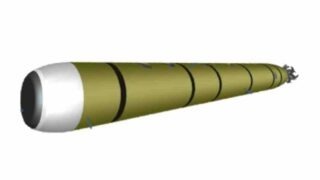
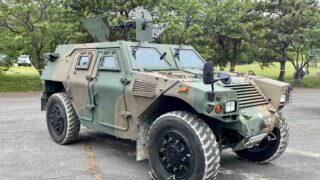
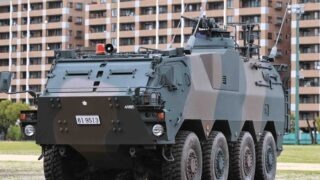

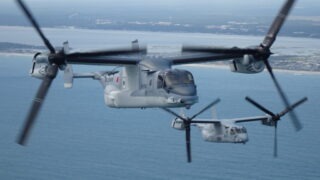
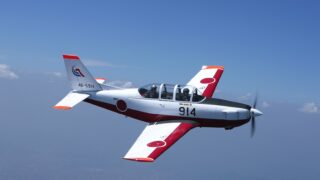
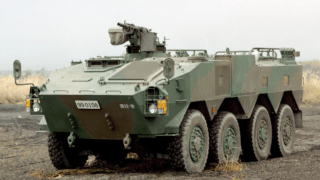
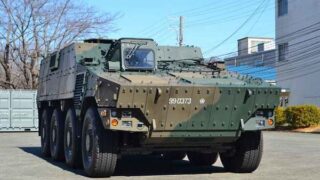
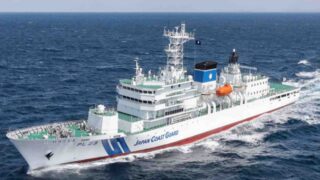
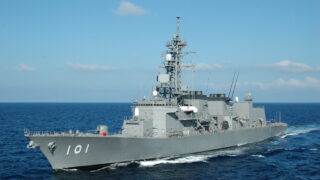
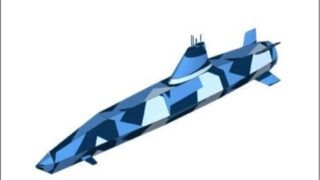
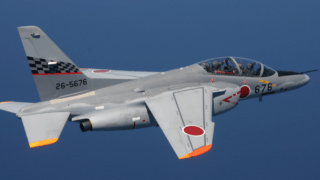
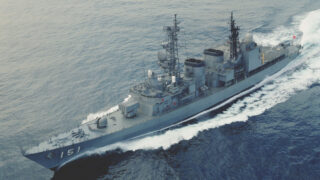
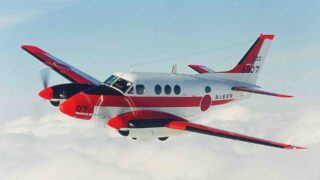
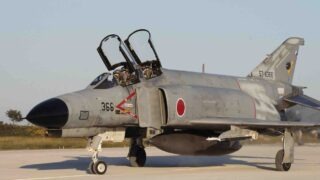
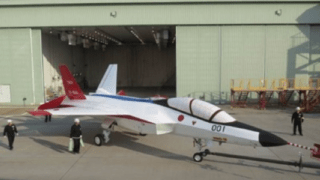

-320x180.jpg)
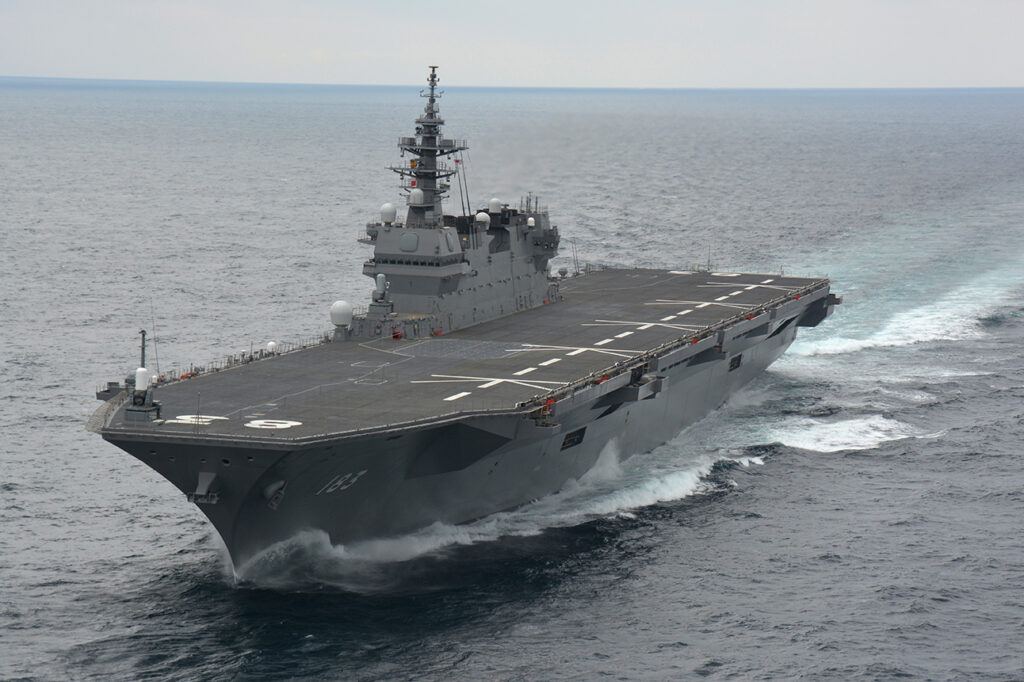
Comments